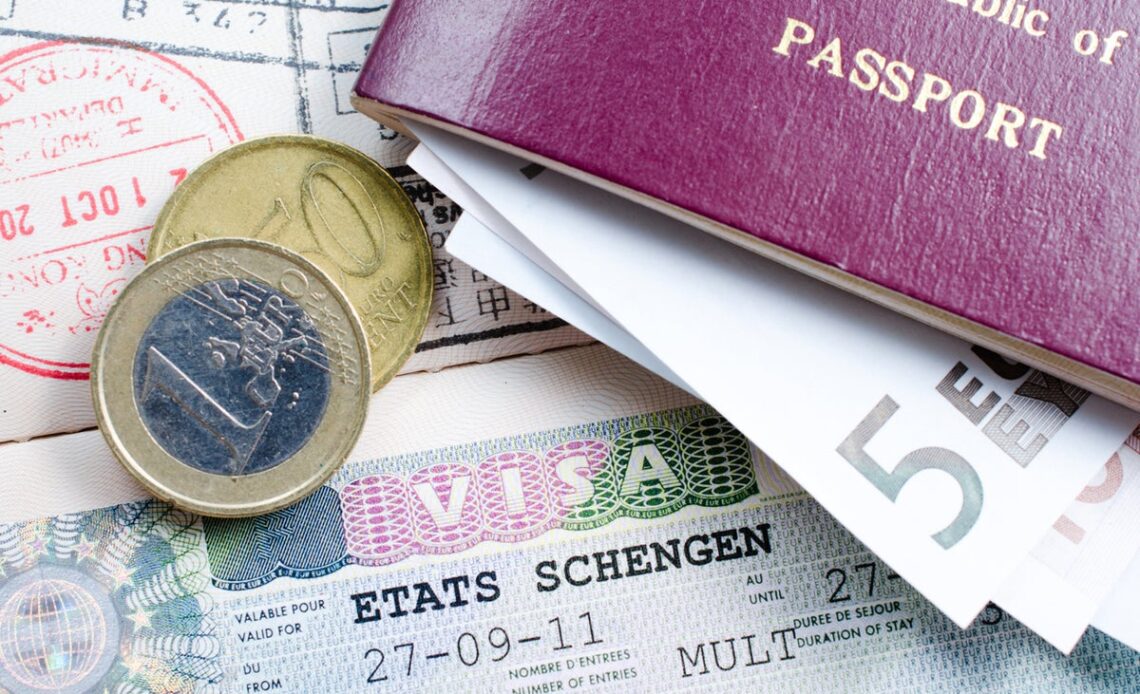Tourist traffic is now flowing freely through Dover and Folkestone after widespread long delays during the biggest getaway weekend at the start of the summer holidays.
Ministers have blamed the French authorities for failing to deploy more border staff to fulfil the onerous post-Brexit rules to which the UK asked to be subjected.
British passport holders must now have their travel documents inspected and stamped.
The next steps, which are due to be introduced in May 2023, will involve more red tape. The good news: passport stamping will end. The bad news: every traveller must be fingerprinted and provide a facial biometric.
What is changing?
Rather belatedly, the European Union will introduce an “entry/exit system” (EES) that will record the movements of non-EU visitors. At the same time, prospective UK visitors to the Schengen area will have to apply online for permission to enter.
The Schengen area comprises most of the 27 remaining members of the European Union (but not Bulgaria, Croatia, Cyprus, Ireland or Romania), plus Iceland, Norway, Switzerland and plucky Liechtenstein.
What is the “entry/exit system”?
The entry/exit system is an automated IT system for registering travellers from “third countries”, which means everywhere outside the EU and Schengen area. Each time the traveller crosses an EU external border, the system will register the date and place of entry and exit, plus fingerprints and a facial biometric.
This system, says the European Union, “will replace the current system of manual stamping of passports, which is time-consuming, does not provide reliable data on border crossings, and does not allow a systematic detection of over-stayers”.
British travellers are now restricted to 90 days’ stay in any 180 days, but enforcement of this currently depends on checking passport stamps and is haphazard.
Alongside the new system, “visa exempt” travellers such as the British will be required to obtain a permit under the European travel information and authorisation system (Etias).
How will the biometric stuff work?
At airports, the US experience suggests that the system will work fairly smoothly. But for terrestrial travellers it could be tough.
Tim Reardon, head of EU exit for the Port of Dover, said: “There is no such thing as an e-gate for a car, and there is no such thing as an e-gate process for people travelling as a group. They’re all one-at-a-time processes.
“There is no way of doing a biometric control without getting…
Click Here to Read the Full Original Article at The Independent Travel…
